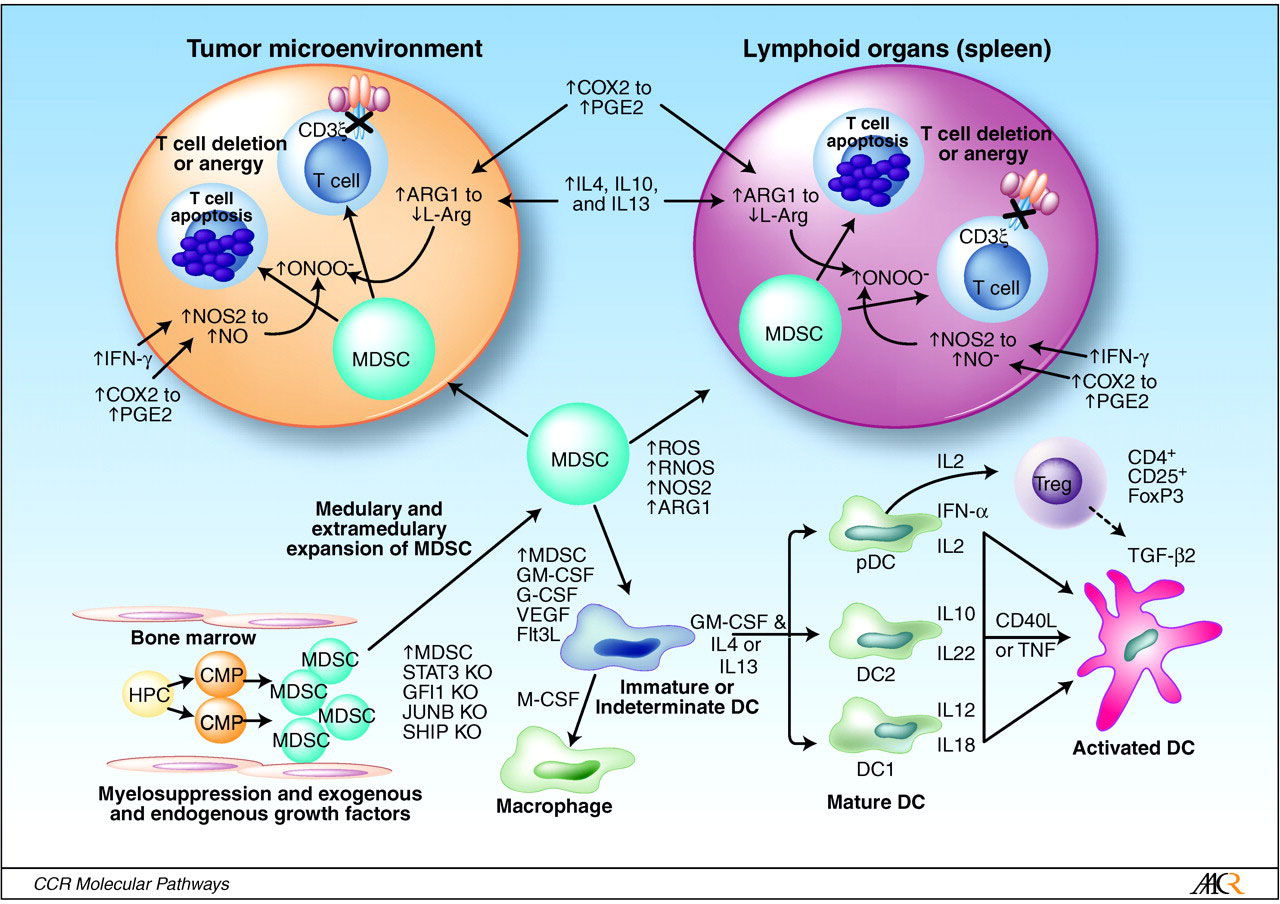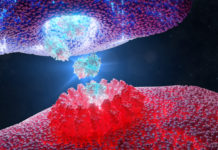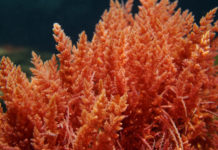New research published in the Journal of Leukocyte Biology suggests that antihistamines may play a role in reducing the growth of tumors by interfering with the activity of myeloid derived suppressor cells.
It turns out that the same types of drugs that help reduce watery eyes and runny noses during allergy season might also help ward off tumors too. A new research report appearing in the July 2014 issue of The Journal of Leukocyte Biology suggests that antihistamines may have significant anti-cancer properties as they interfere with the function of a type of cell that is known to reduce the body’s ability to fight tumors.
MDSC (myeloid-derived suppressor cells) are immune cells that inhibit T cell proliferation and activation. In healthy individuals, immature myeloid cells develop in bone marrow and differentiate to develop into dendritic cells, macrophages and neutrophils. However, in the presence of chronic inflammatory conditions (viral and bacterial infections) or cancer, myeloid differentiation is skewed towards the expansion of MDSCs. These MDSCs infiltrate tumors and inflammation sites where they halt the immune responses by inhibiting T cells and NK (Natural Killer) cells. MDSCs also support cancer cell proliferation, progression, metastasis and survival by promoting evasion from immune attack. Clinical research has found that cancer tissues containing high numbers of MDSCs are resistant to anti-cancer therapies and associated with poor patient prognosis.
“This research is very exciting as it draws a connection between two diseases that aren’t commonly linked: allergy and cancer”
“This research is very exciting as it draws a connection between two diseases that aren’t commonly linked: allergy and cancer,” said Daniel H. Conrad, Ph.D., a researcher involved in the work from the Department of Microbiology and Immunology at Virginia Commonwealth University in Richmond, Virginia. “It’s important to realize, however, that this connection is very novel and more research is needed before we know if antihistamines can be used effectively in cancer therapies.”
To make this discovery, Conrad and colleagues examined two groups of mice that involve myeloid derived suppressor cells. The first group of mice was infected with a intestinal helminths (worm-like parasites) to simulate a strong allergic response. Then they were injected with myeloid derived suppressor cells and treated with anti-histamines, cetirizine or cimetidine. Treatment with these anti-histamines reversed the effects of myeloid derived suppressor cells.
A second group of mice with tumors were injected with myeloid derived suppressor cells and treated with the antihistamine, cimetidine. In this group, the antihistamine also reversed the enhanced tumor growth normally seen with myeloid derived suppressor cell injection.
Finally, the scientists examined blood from patients with allergy symptoms (typically associated with increased histamine release). The scientists found that these patients had higher levels of circulating myeloid derived suppressor cells compared to non-allergic patients.
“Antihistamines may be one of the most commonly used over-the-counter drugs, but this report shows that we still have much to learn about their potential benefits,” said John Wherry, Ph.D., Deputy Editor of the Journal of Leukocyte Biology. “It is certainly not yet time to prophylactically administer antihistamines for cancer prevention, but the more we learn about myeloid derived suppressor cells, the more interesting these cells and their products become as immunotherapy targets in cancer. These new results suggest that we must be open-minded about seemingly distantly related immune mechanisms to examine.”
Source: R. K. Martin, S. J. Saleem, L. Folgosa, H. B. Zellner, S. R. Damle, G.-K. T. Nguyen, J. J. Ryan, H. D. Bear, A.-M. Irani, D. H. Conrad. Mast cell histamine promotes the immunoregulatory activity of myeloid-derived suppressor cells. Journal of Leukocyte Biology, 2014; 96 (1): 151 DOI: 10.1189/jlb.5A1213-644R














